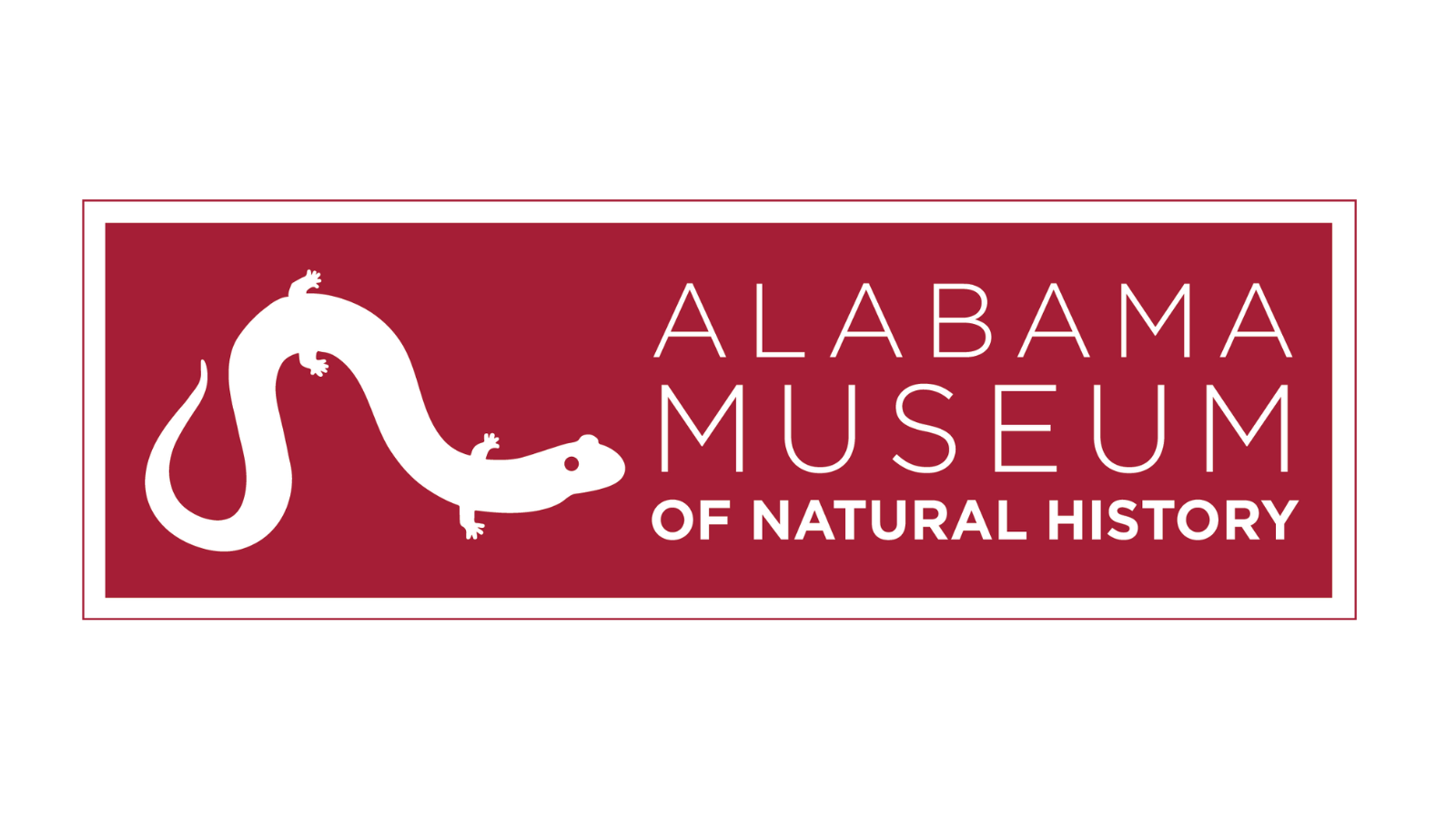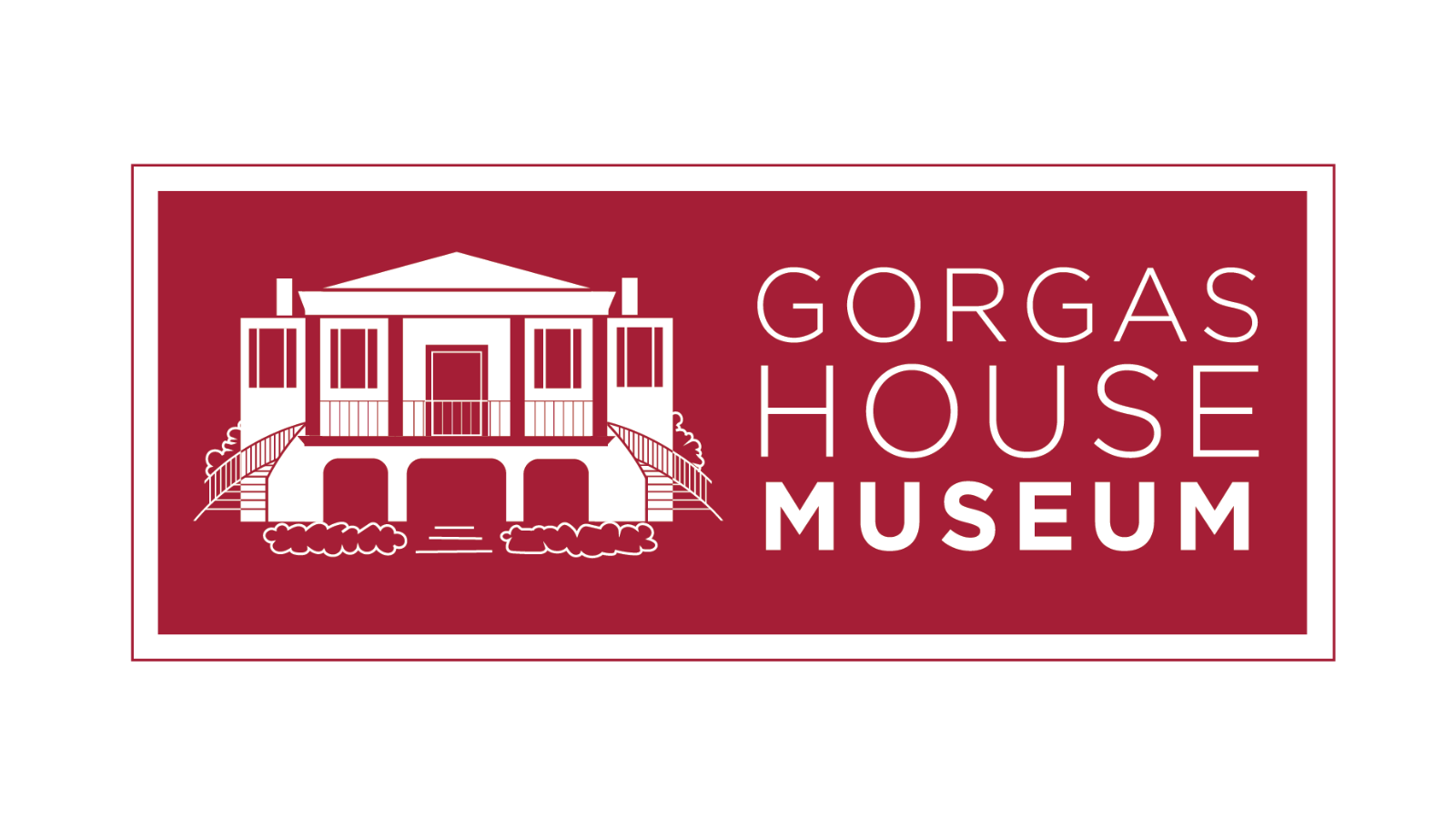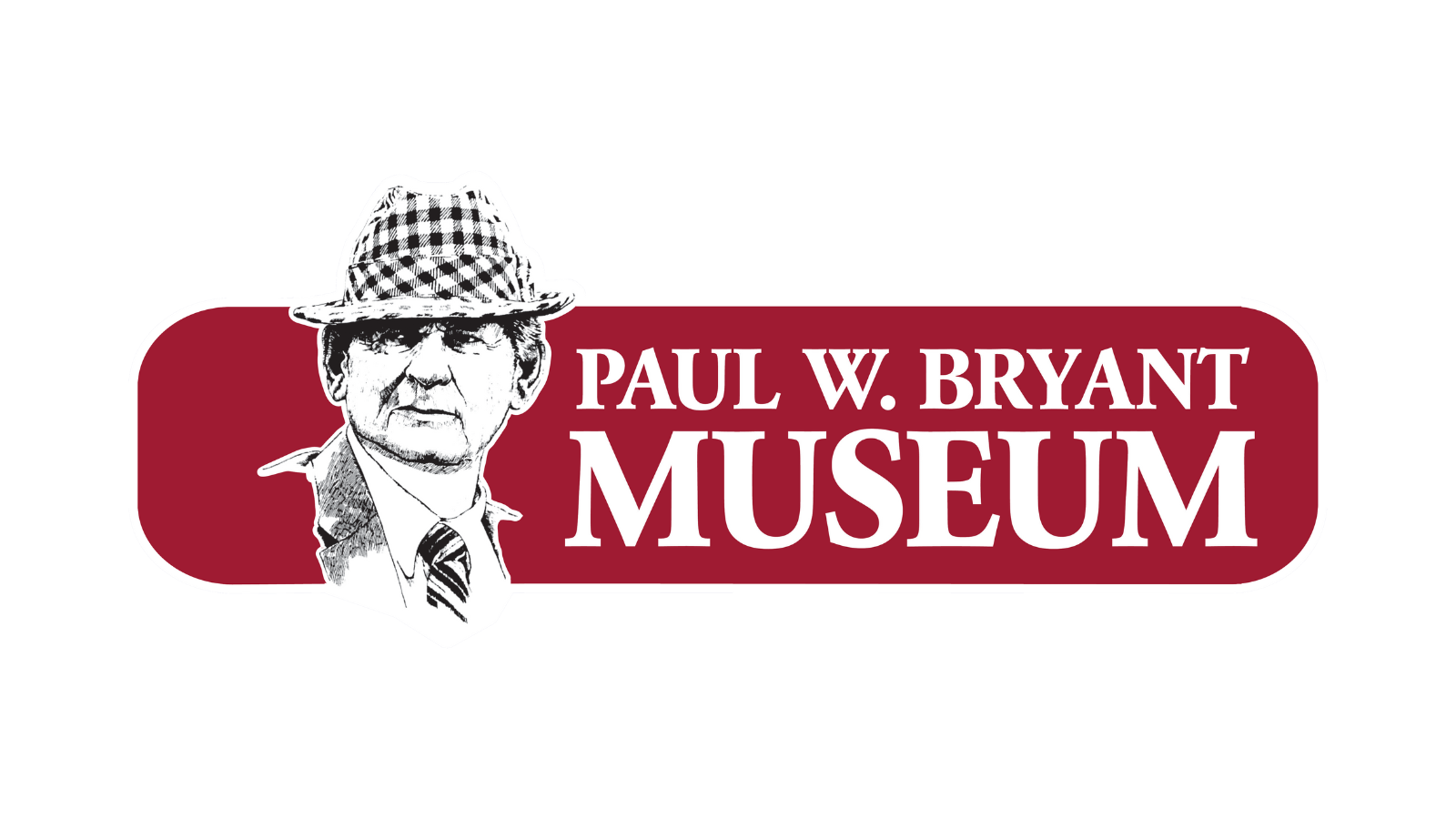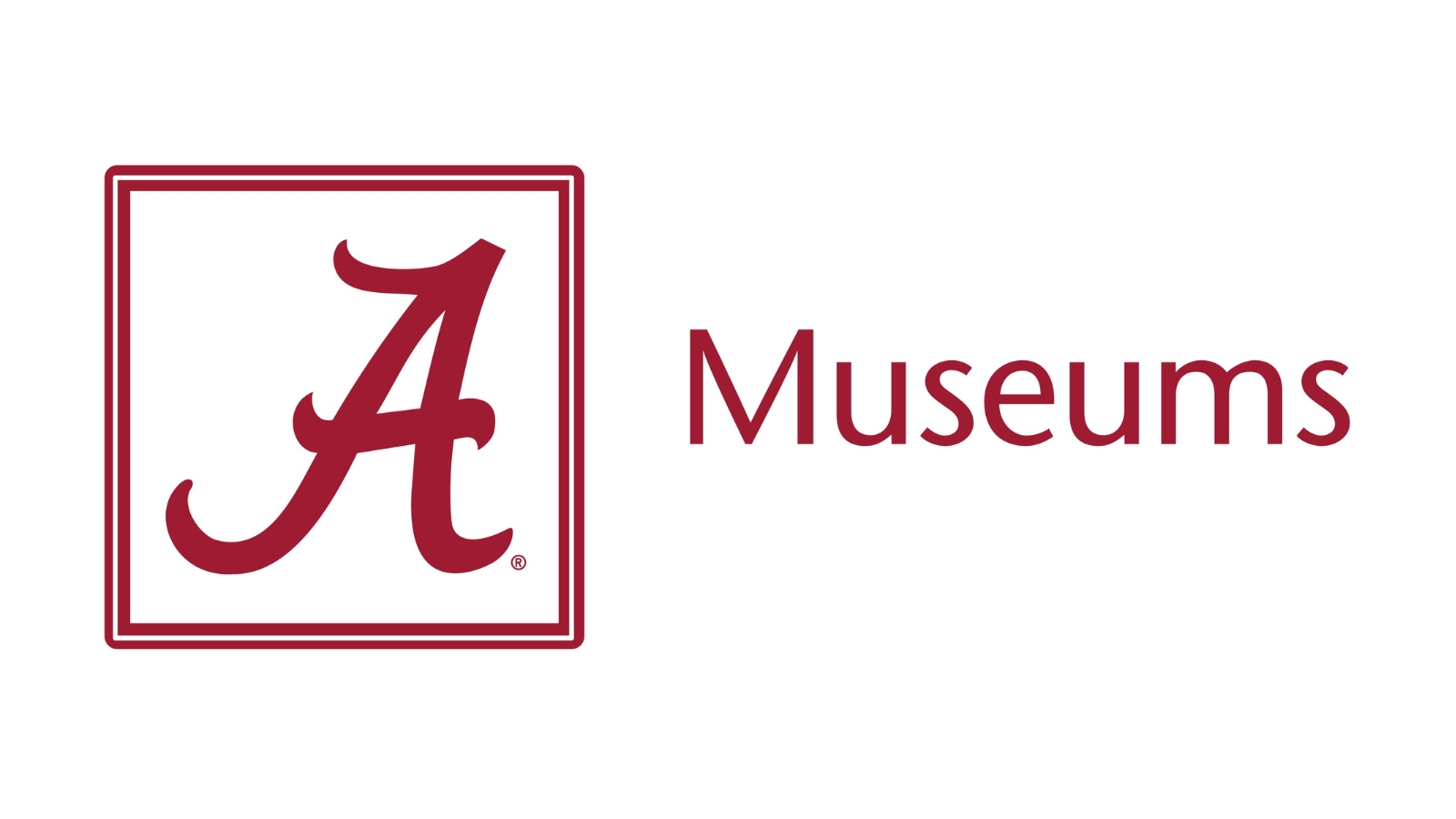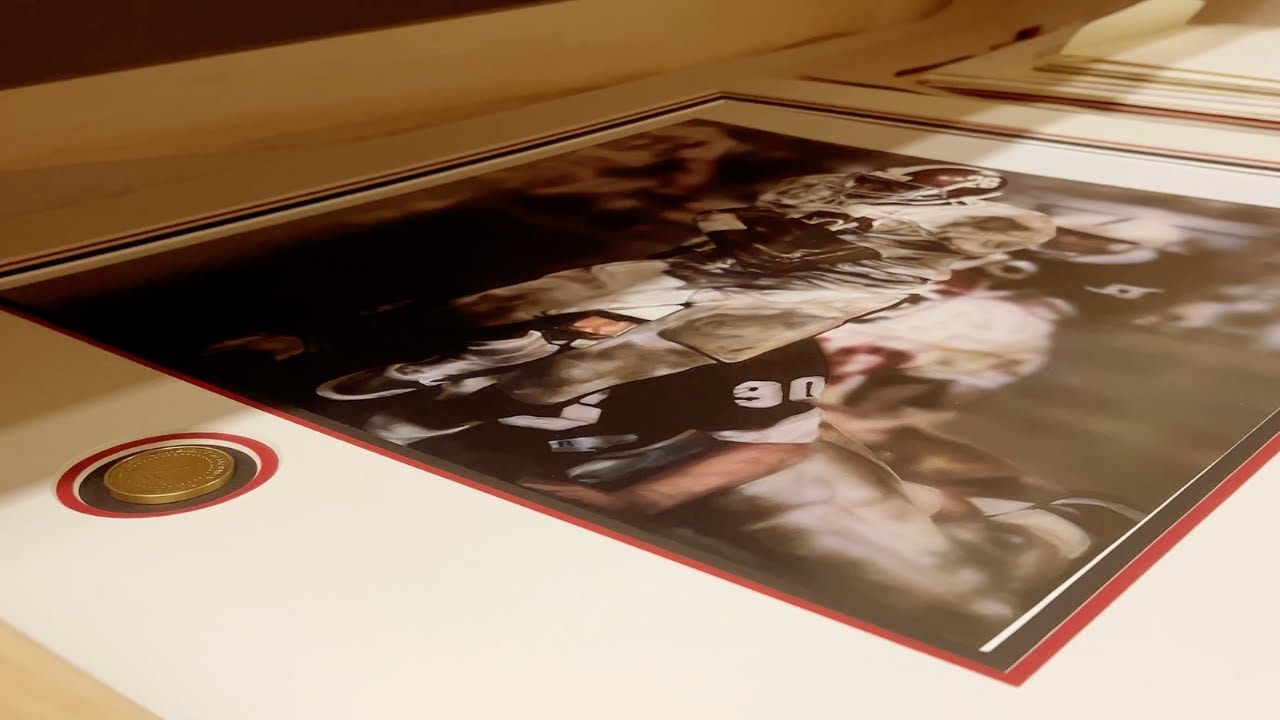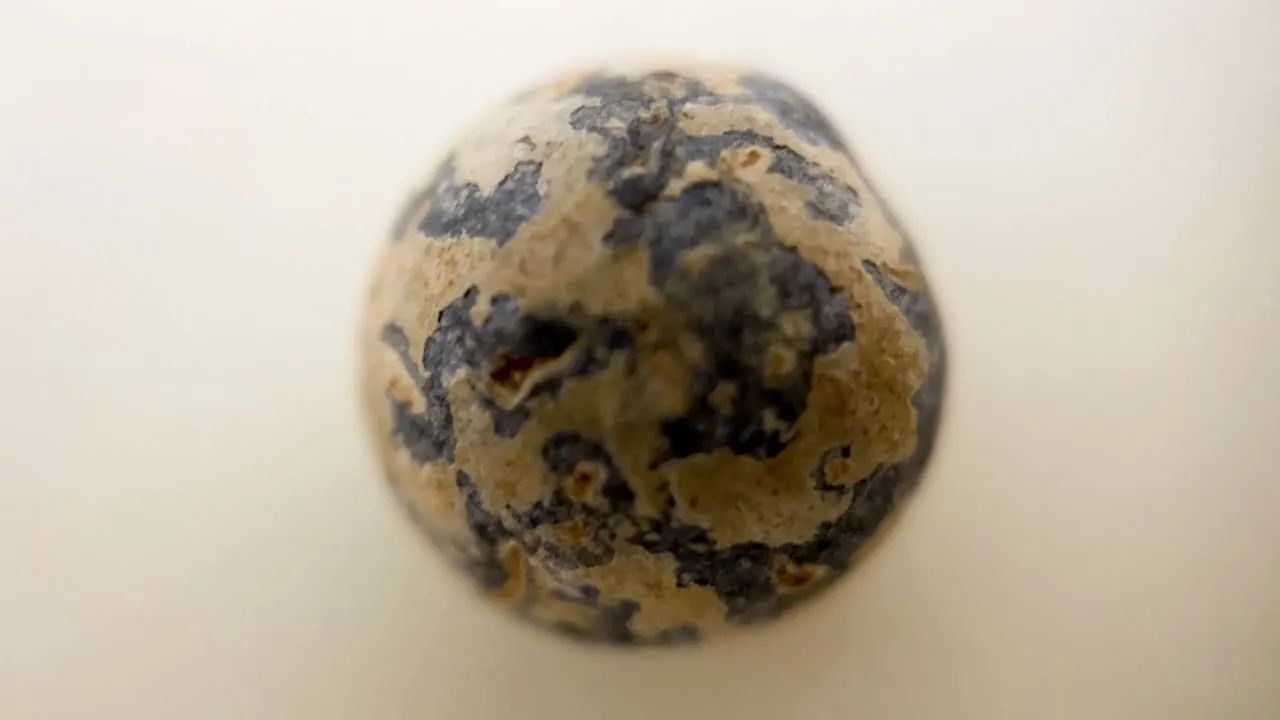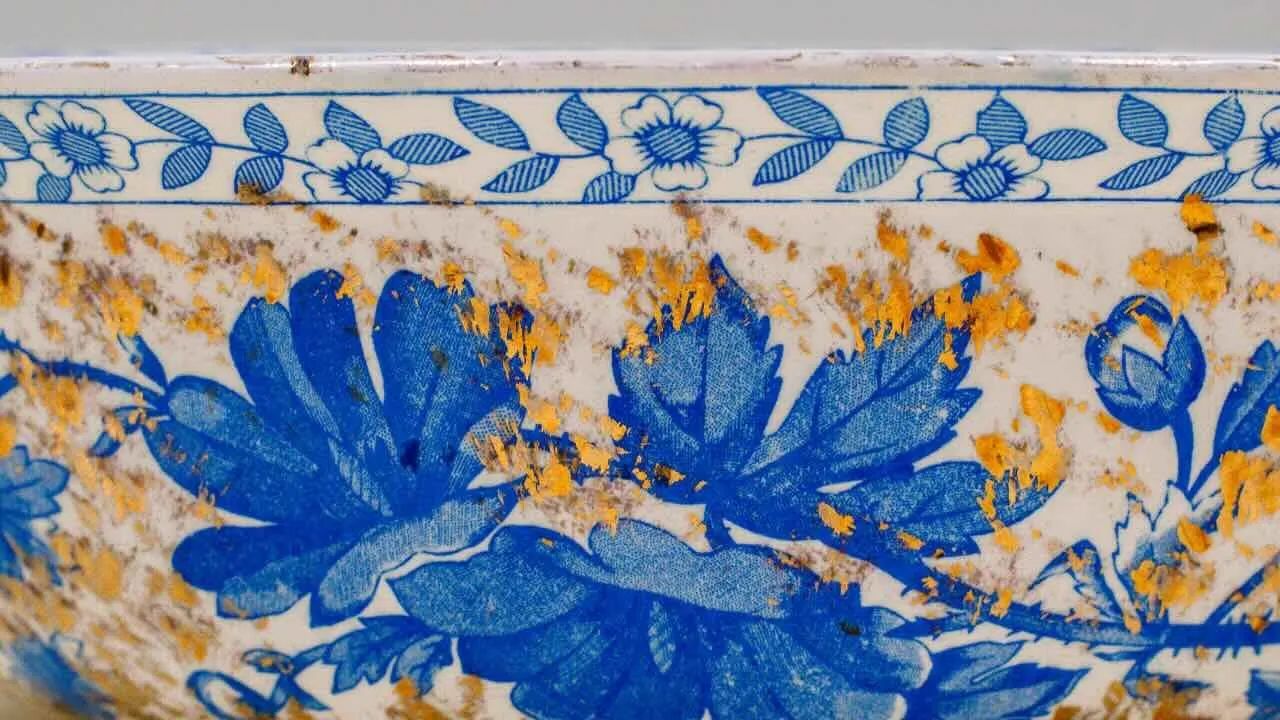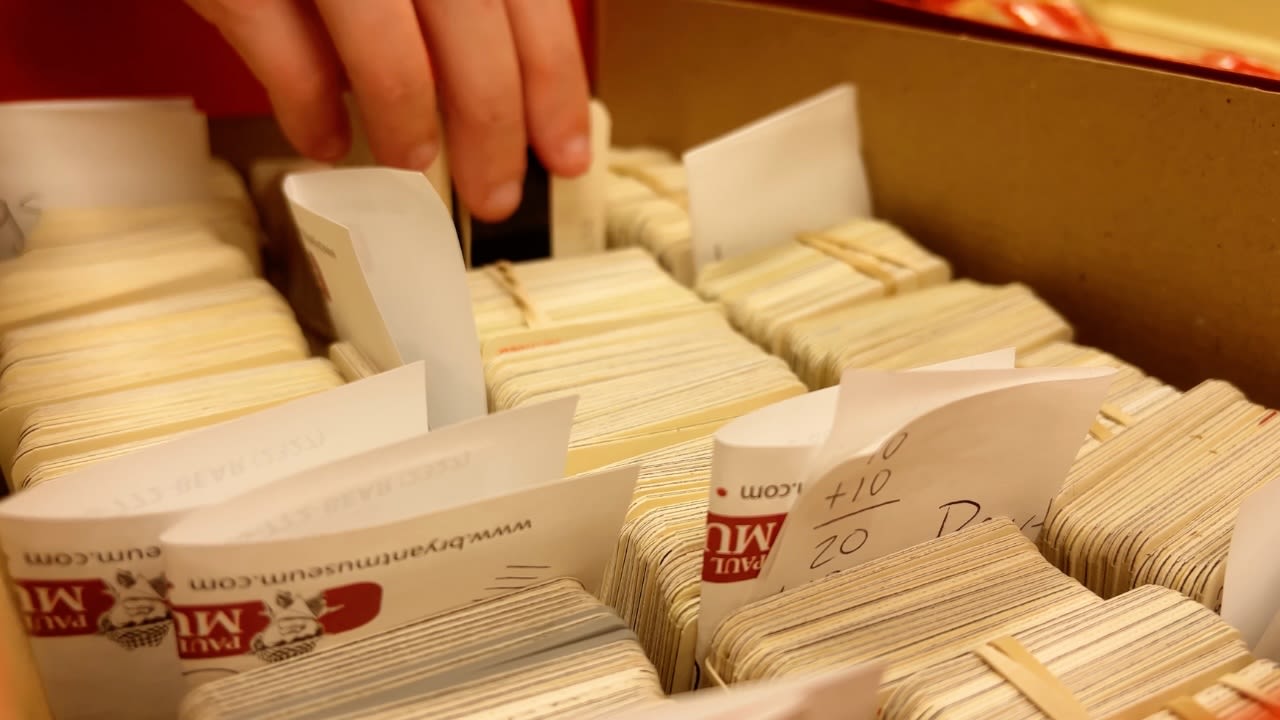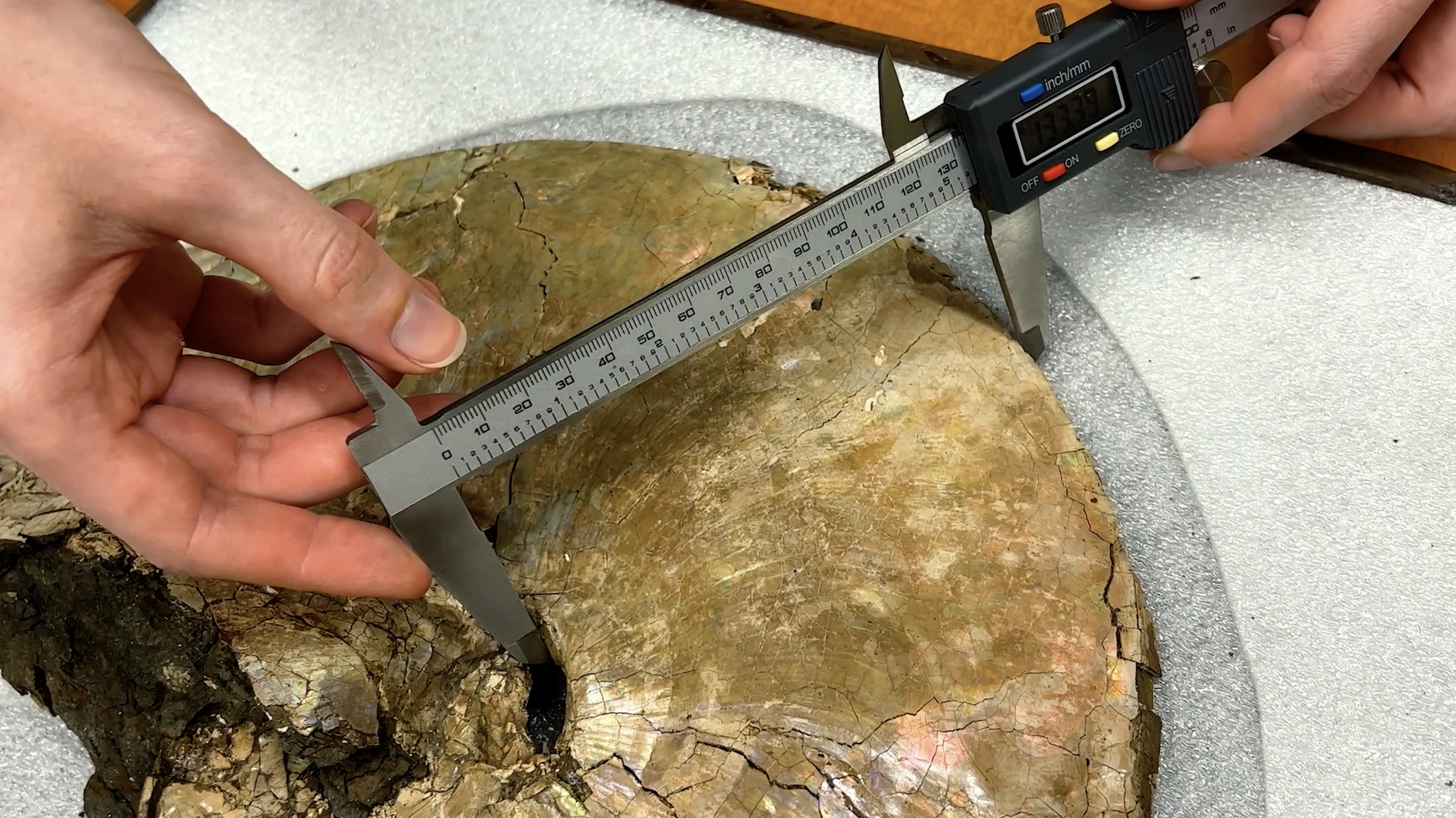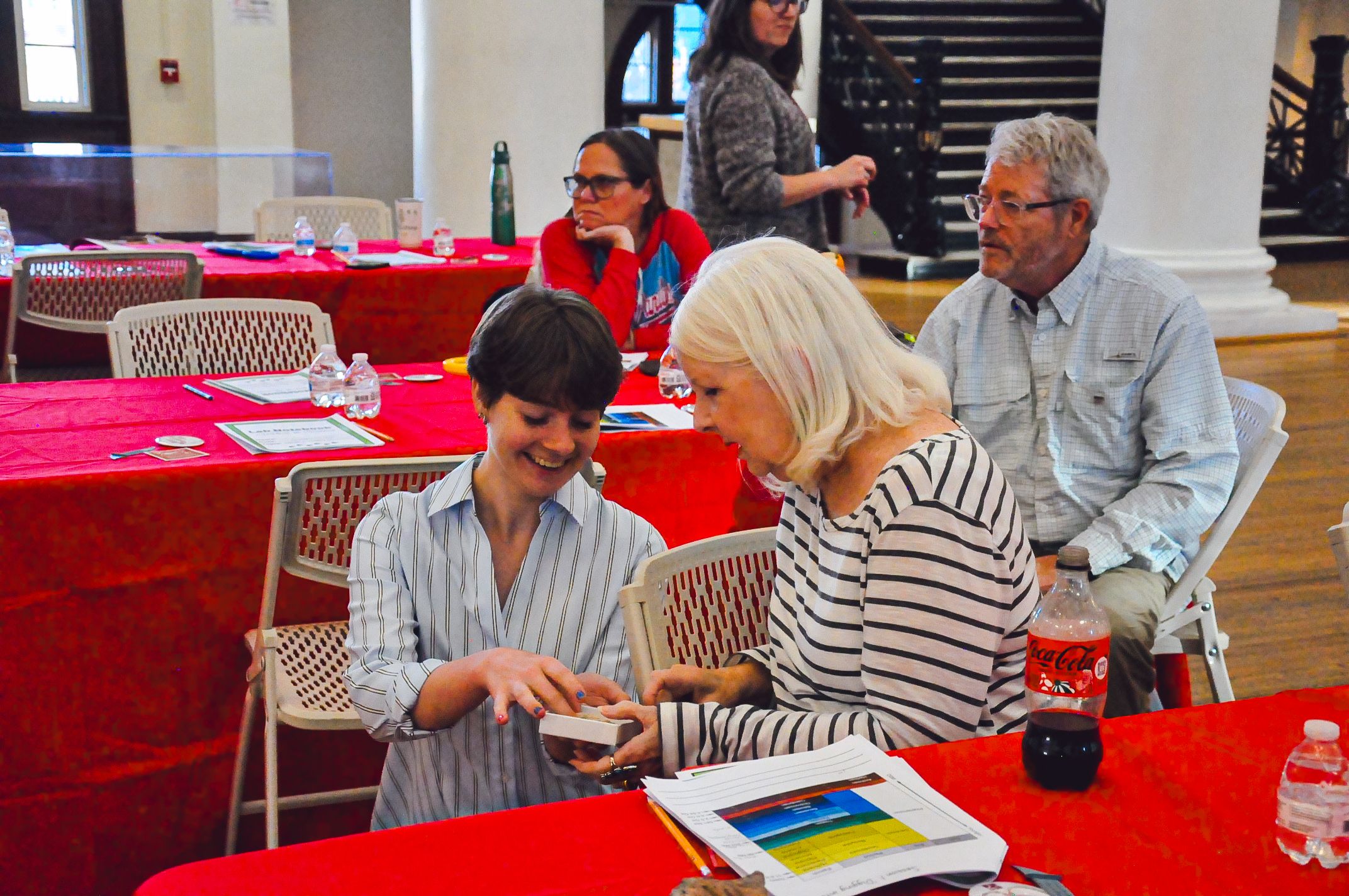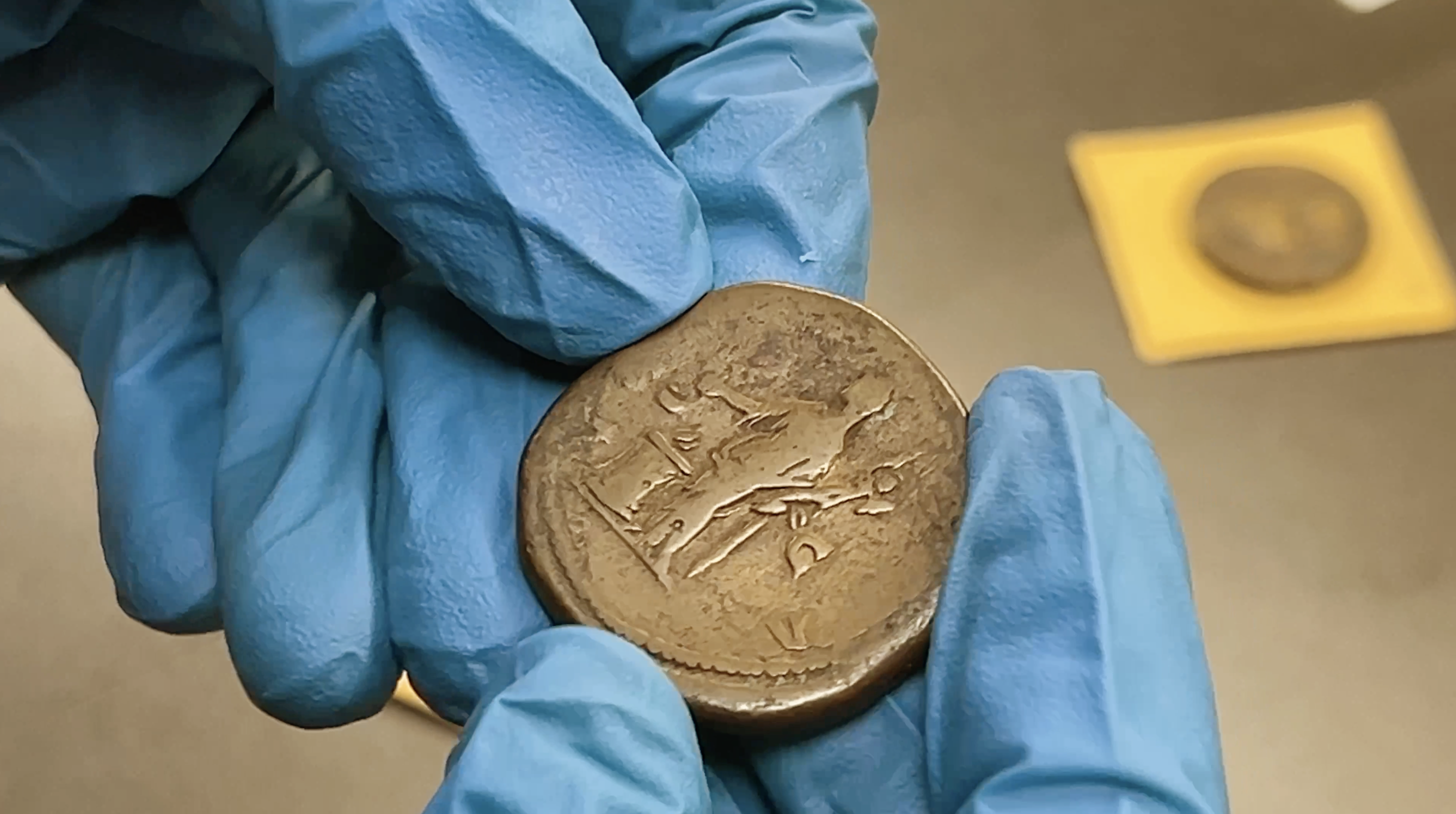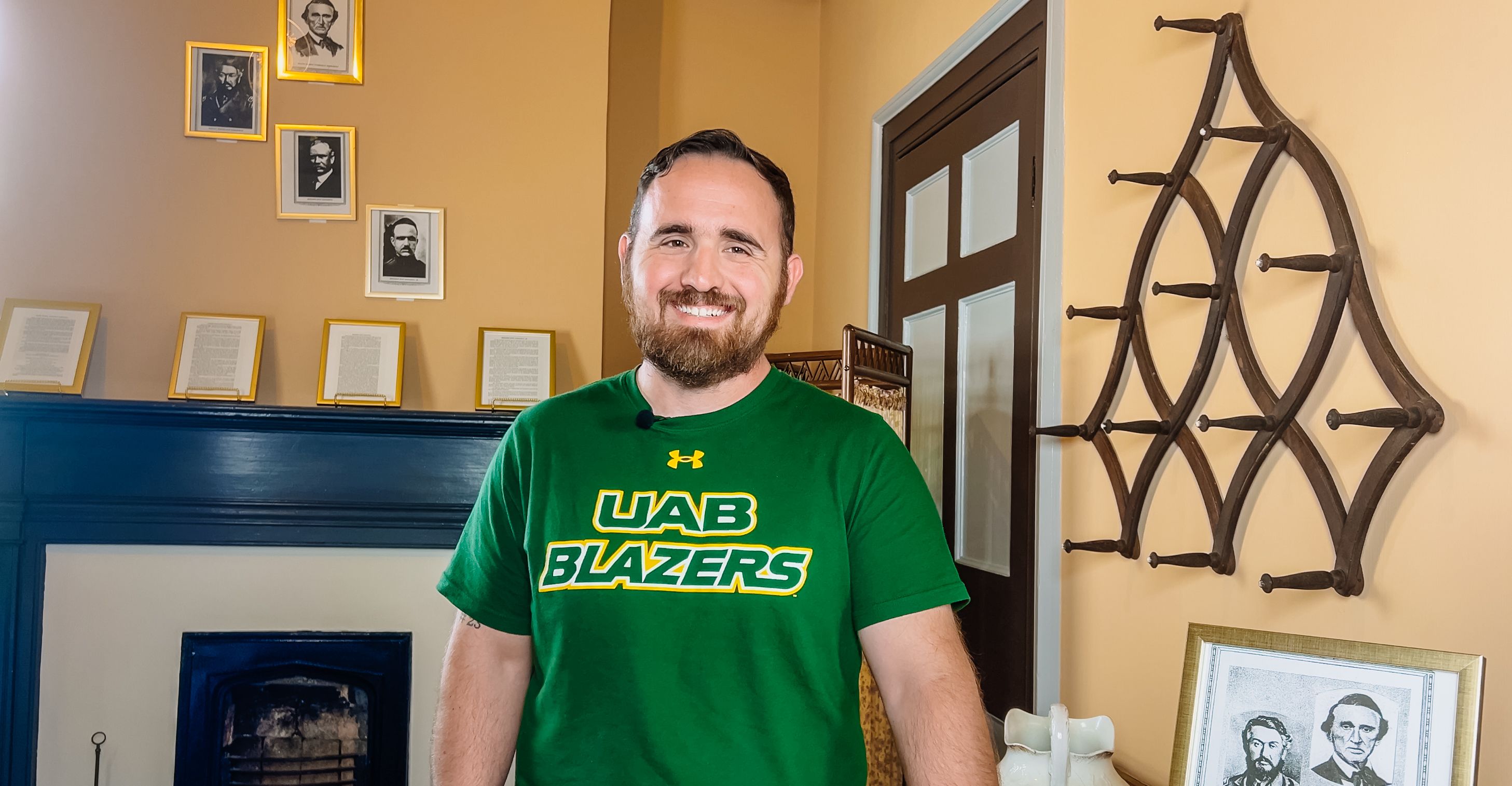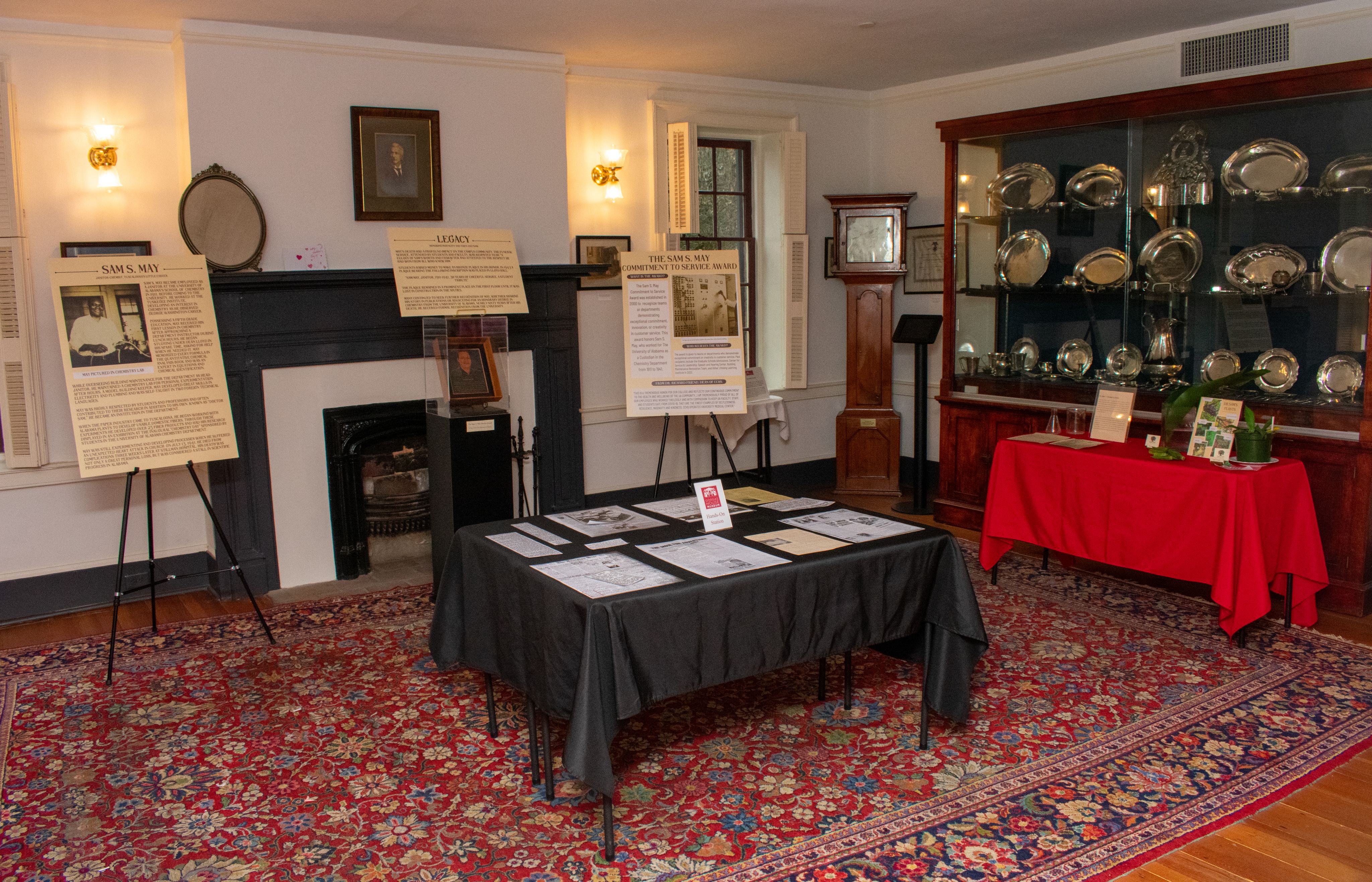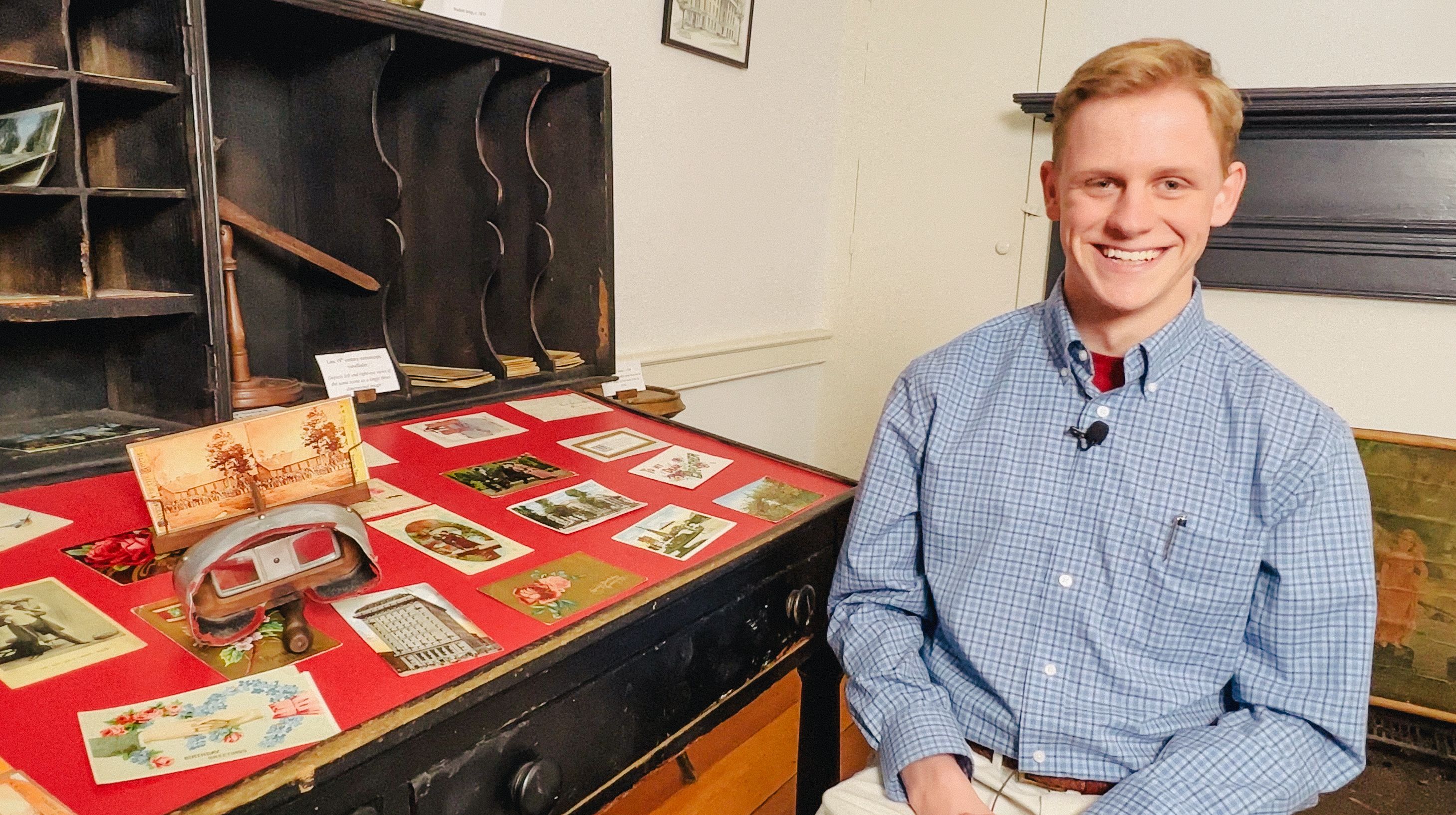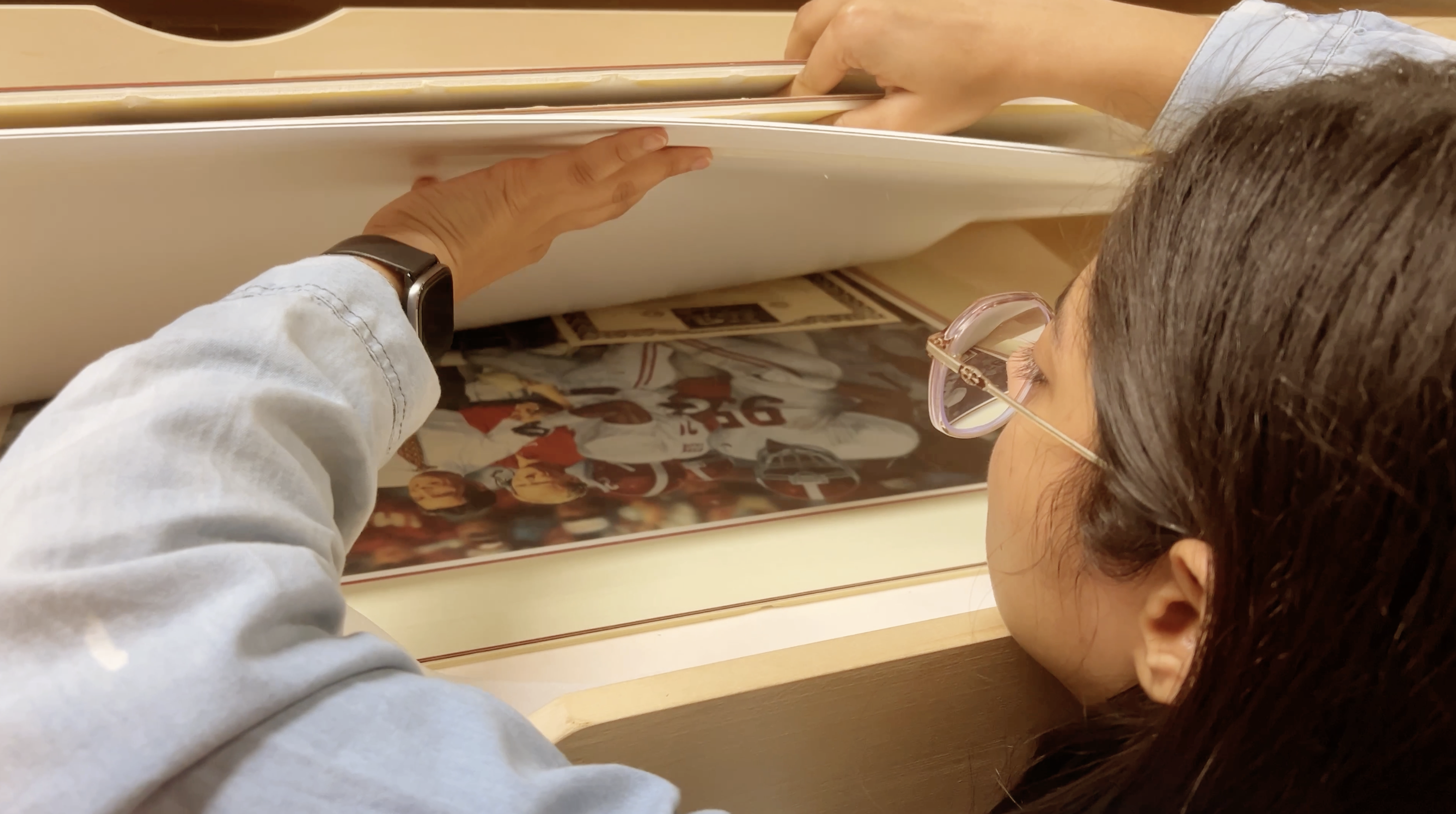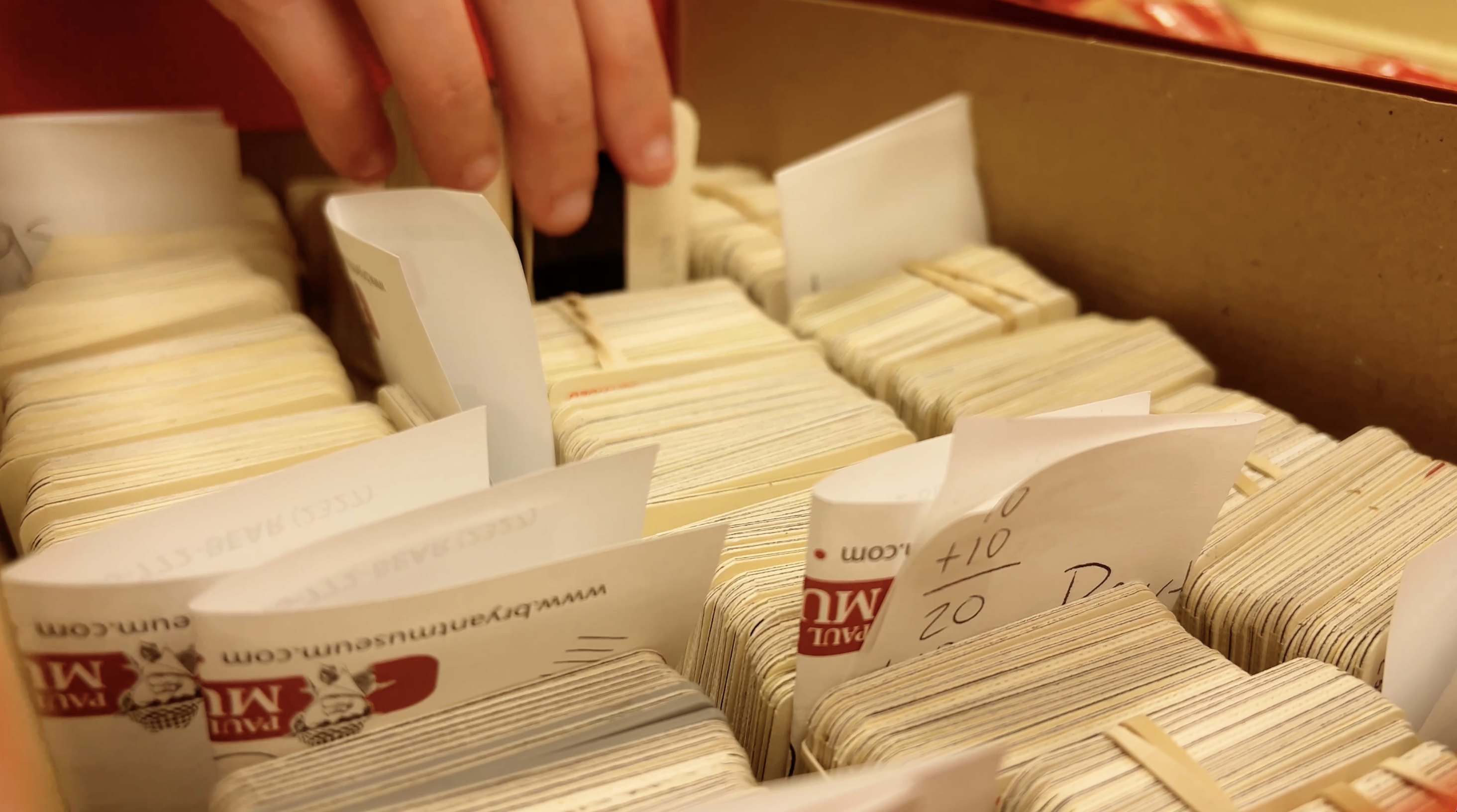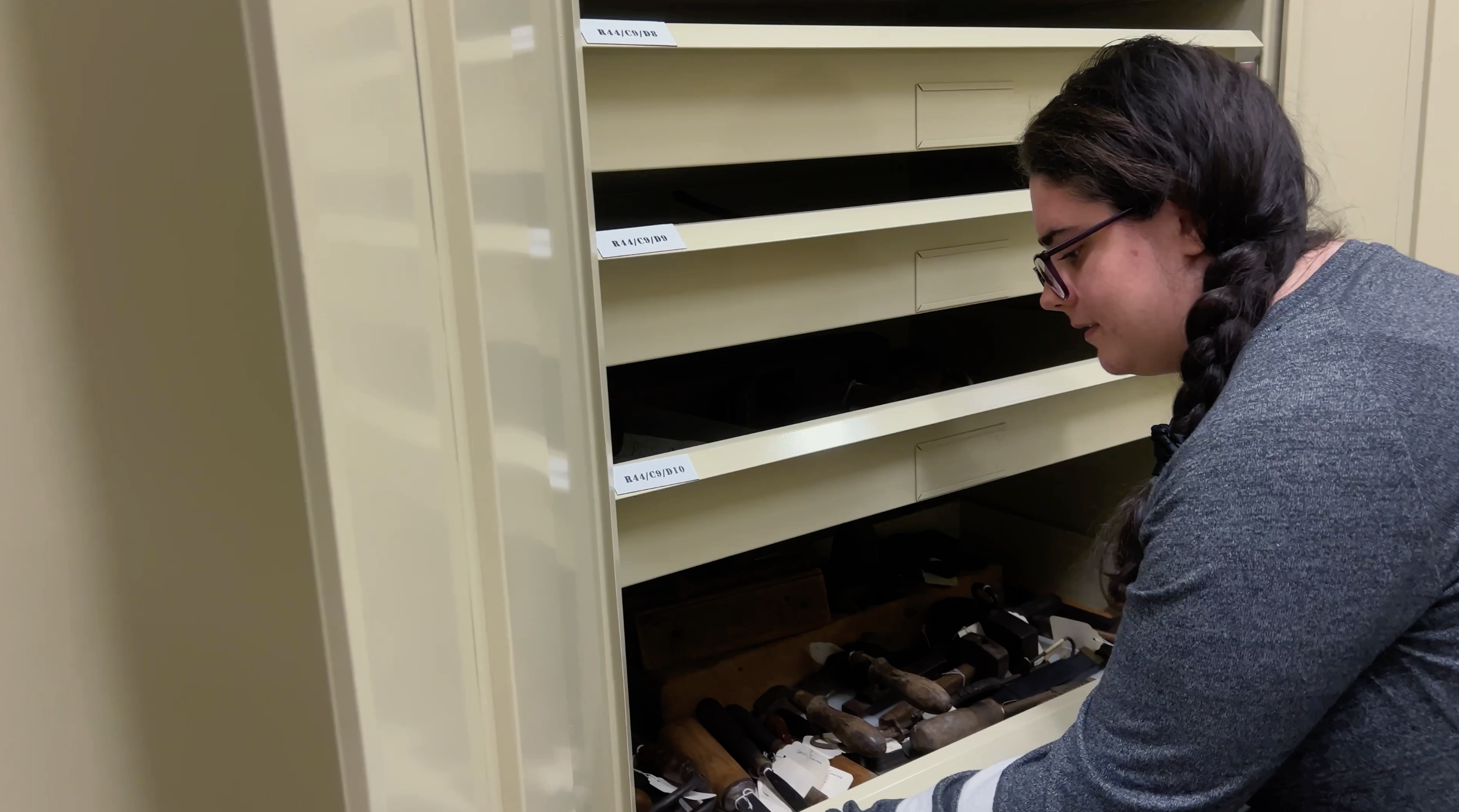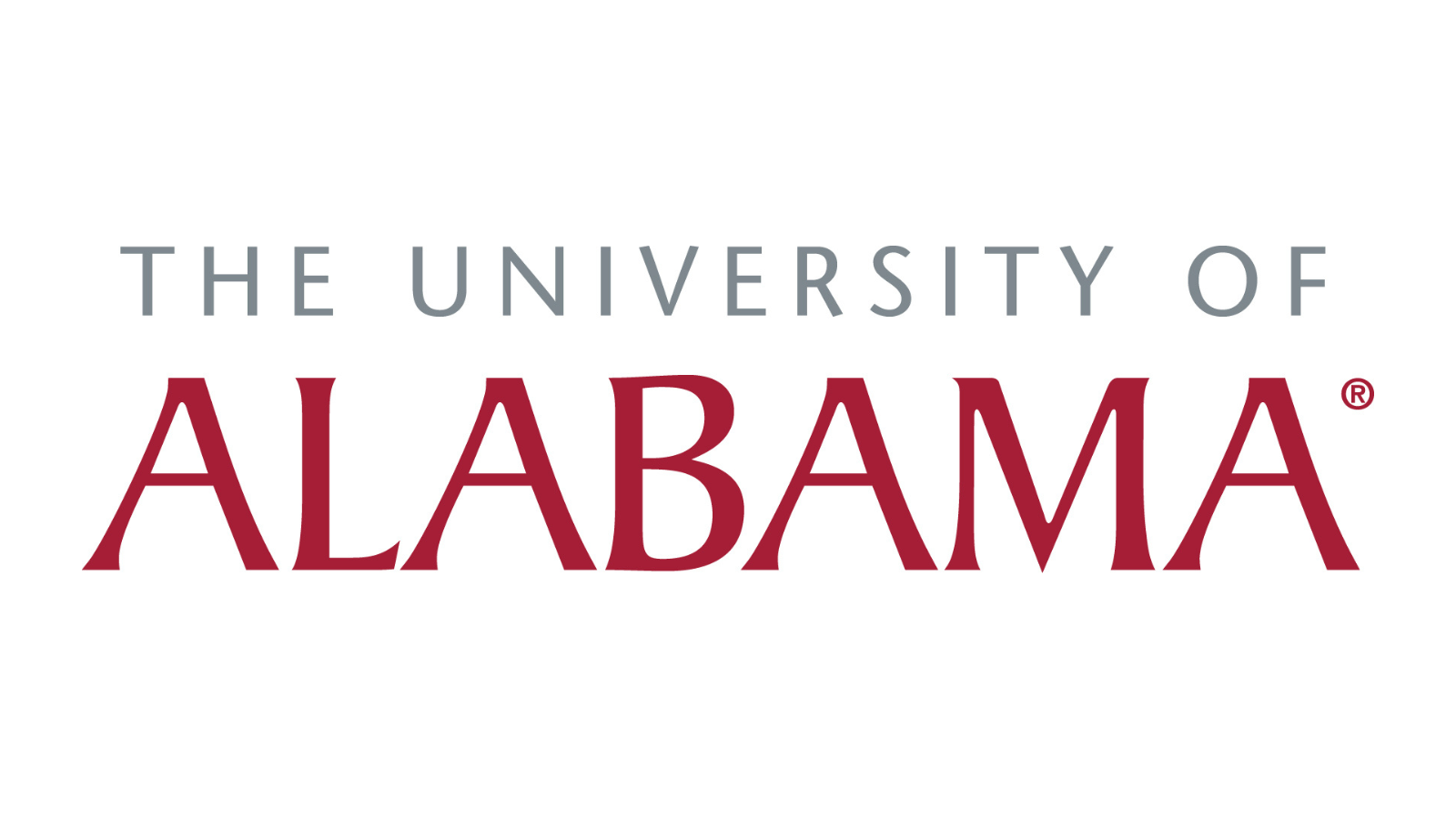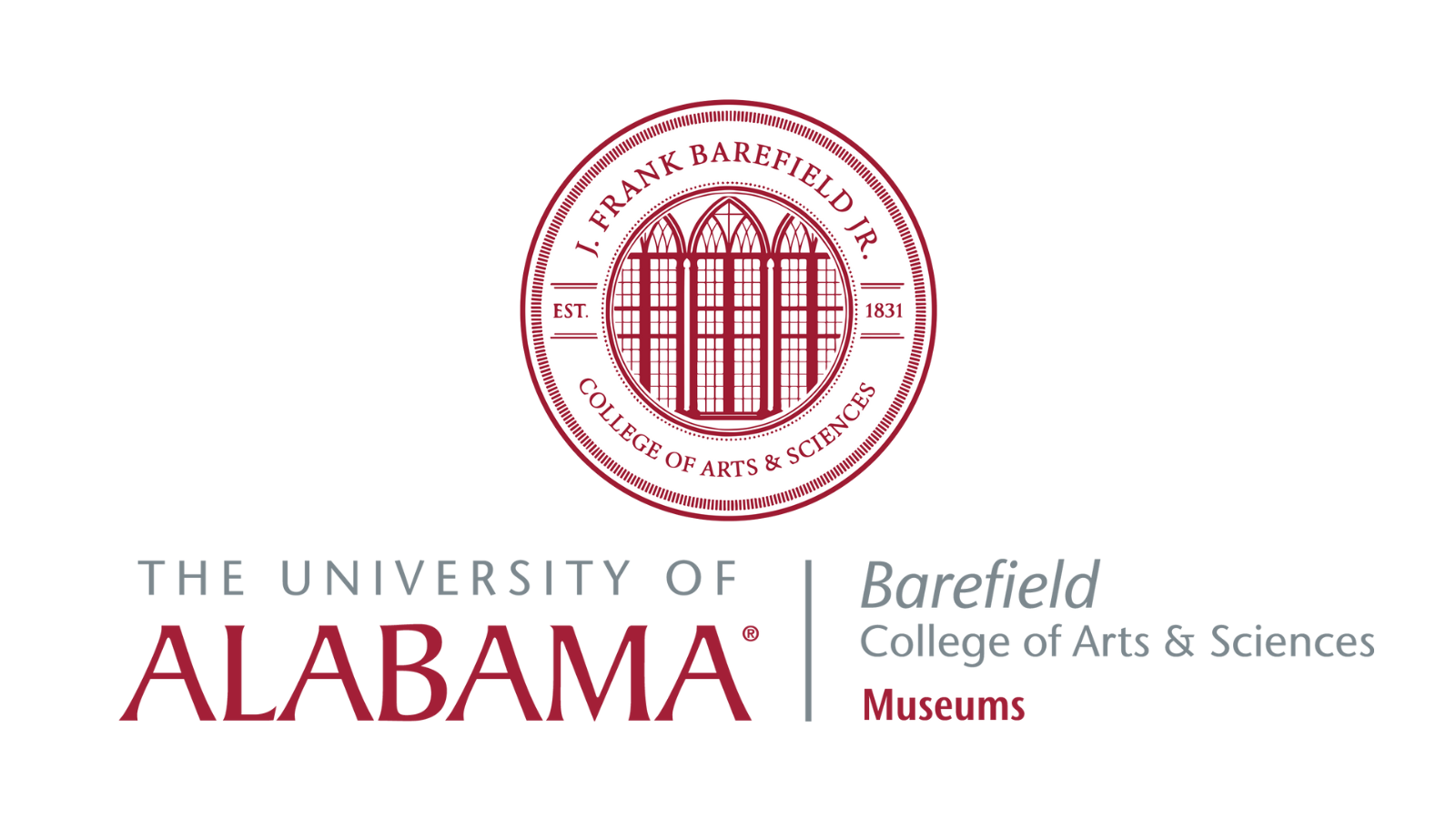Experiential Learning
with The University of Alabama Museums
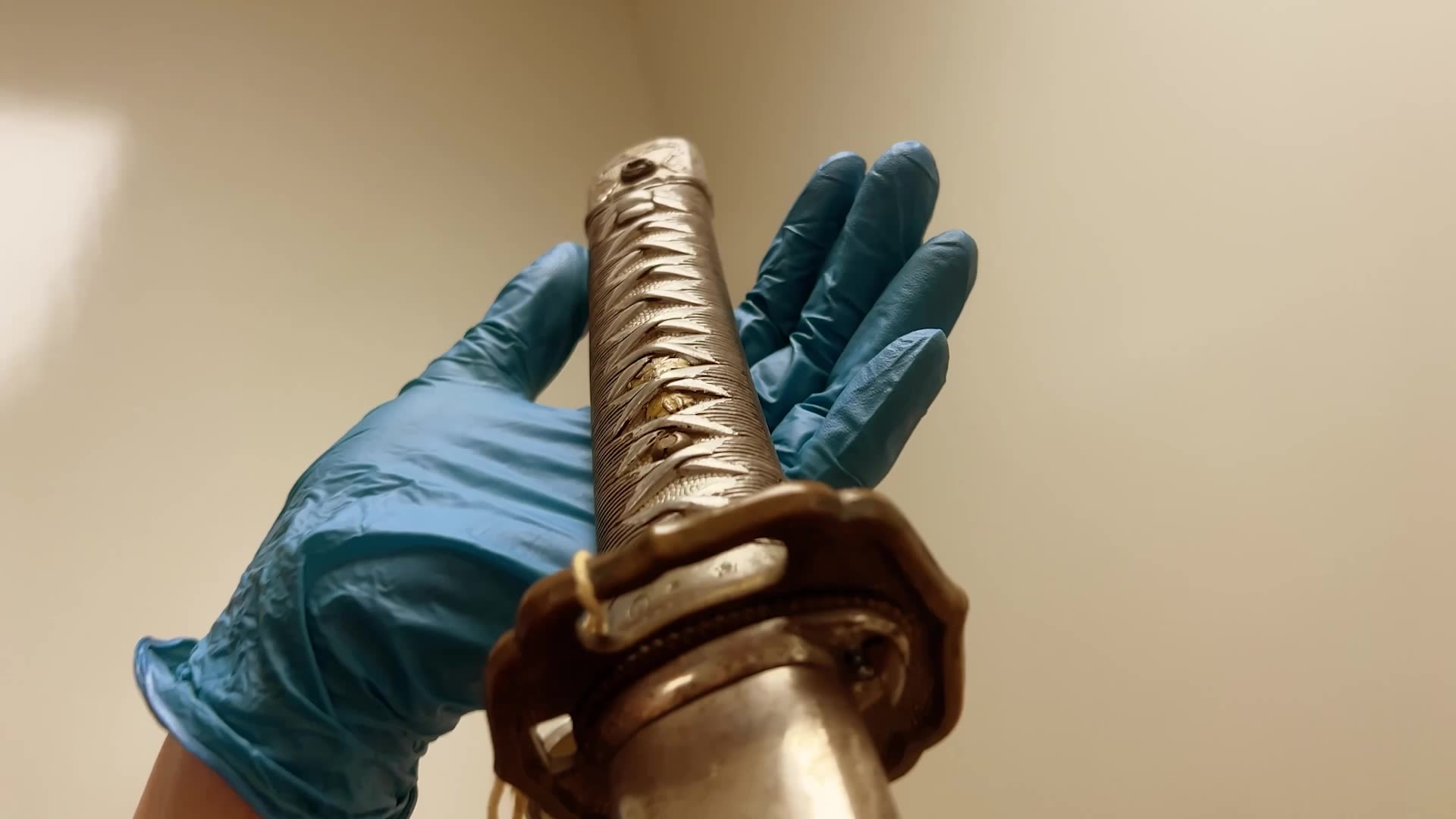
About UA Museums
The University of Alabama Museums are a division of the Barefield College of Arts & Sciences that encompasses four museums, two research departments, and the "Discovering Alabama" television program.
Who We Are
Our organization includes:
- the oldest museum in Alabama, which oversees one of the largest collections of mosasaur fossils in the world, and displays the only meteorite to have hit a human in recorded history
- a 326-acre park on the former site of the political and ceremonial center of a vast Native American chiefdom
- the oldest structure on The University of Alabama campus, one of only a handful of UA buildings that survived the Civil War
- a sports museum that collects, preserves and exhibits items, and disseminates information relating to the sports history of The University of Alabama
- The Department of Museum Research and Collections, which houses over 5 million objects and specimens, including our entomology collection with over 500,000 specimens, our paleontology collection, which contains over 500,000 trace and body fossils, and a wide range of both vertebrate and invertebrate specimens
- The Office of Archaeological Research (OAR) has over 40 years of experience providing archaeological and historic research and cultural resources management services to multiple federal, Native American tribe, state, and local governmental agencies, as well as private and commercial clients

UA Museums' Student Opportunities
View Opportunities
The Alabama Museum of Natural History is the oldest museum in Alabama, which oversees one of the largest collections of mosasaur fossils in the world, and displays the only meteorite to have hit a human in recorded history.
View Opportunities
The Gorgas House Museum is the oldest structure on The University of Alabama campus and is one of only a handful of UA buildings that survived the Civil War (1861-1865).
View Opportunity
Moundville Archaeological Park is a 326-acre park on the former site of the political and ceremonial center of a vast Native American chiefdom. As one of the United States’ premier Native American heritage sites, it was once the site of a powerful prehistoric community that, at its peak, was America’s largest city north of Mexico.
View Opportunities
The Paul W. Bryant Museum is a sports museum that opened its doors to the public on October 8, 1988. It exhibits artifacts and memorabilia that trace the long history of University of Alabama Athletics using state-of-the-art displays enhanced by videos highlighting great players, plays, and games are produced from the museum’s archives.
View Opportunity
The DMRC oversees the management and curation of the Alabama Museum of Natural History (ALMNH) collections and develops interdisciplinary programs focusing on museum-based research. The ALMNH collections include more than five million objects, specimens, and artifacts from academic fields in entomology, invertebrate zoology, vertebrate zoology, paleontology, geology, history, archaeology, and many others.
View Opportunity
The University of Alabama's Office of Archaeological Research is one of the oldest cultural resource management programs in the nation. We are happy to provide internship opportunities for students interested in careers in pre- and post-contact archaeology, architectural history, remote sensing and GIS, and cultural resource and heritage management.
View Opportunities
The University of Alabama Museums aims to generate brand awareness to increase visitation to our spaces, participation in events, and memberships. This includes digital marketing as well as creating short-form and long-form video content to promote our museums and research.
Historical Stewardship: Students in Collections (Sophia Biernat)
University of Alabama student Sophia Biernat worked with The University of Alabama Museums' Department of Museum Research & Collections to develop a digital exhibition that explores Civil War arm and armaments, including bayonets and bullets, to tell a bigger story about Alabama.
UAB student Josh Hamby spent his summer as an intern at the Gorgas House Museum researching the history of the Hardaway Bedroom and installed an exhibit about his findings.
UAB student Josh Hamby spent his summer as an intern at the Gorgas House Museum researching the history of the Hardaway Bedroom and installed an exhibit about his findings.
Gorgas House Museum student Bennett Ogle sits in the Post Office.
Gorgas House Museum student Bennett Ogle sits in the Post Office.
University of Alabama student Debanjaly Sen looks through a collection of Alabama Football prints inside The University of Alabama Museums' collections.
University of Alabama student Debanjaly Sen looks through a collection of Alabama Football prints inside The University of Alabama Museums' collections.
University of Alabama students wear shark costumes in "The Sensory Sea" at the Alabama Museum of Natural History during the "Family Day at the Museum" event.
University of Alabama students wear shark costumes in "The Sensory Sea" at the Alabama Museum of Natural History during the "Family Day at the Museum" event.
The University of Alabama
The University of Alabama is where tradition, innovation and a culture of excellence come together to create an educational journey unlike any other.
The University of Alabama Museums
The University of Alabama Museums is a division of the Barefield College of Arts and Sciences that encompasses four museums, two research departments, and the "Discovering Alabama" television program.
Barefield College of Arts & Sciences
One of the oldest and largest liberal arts colleges in Alabama, we are recognized nationally for the number of undergraduate and graduate students who receive national awards and scholarships. Internationally recognized scientists, writers, artists, and scholars teach in our classrooms and labs, where students work closely with professors who are not only experts in their disciplines but also creators of knowledge.

